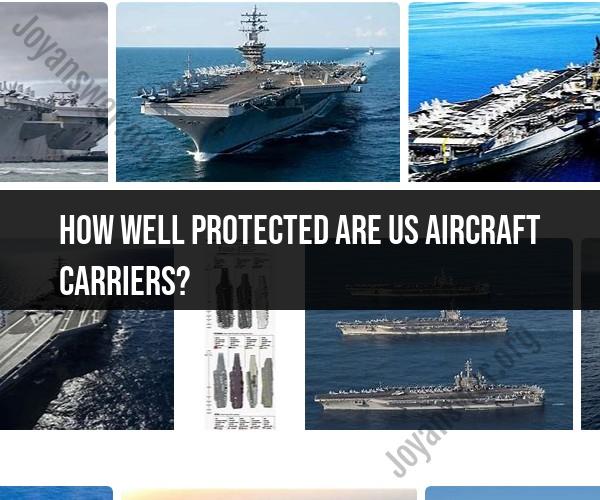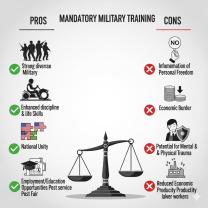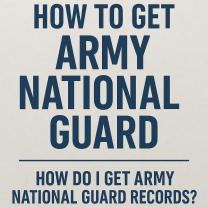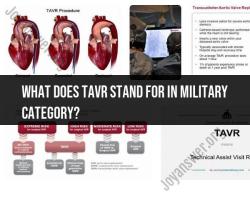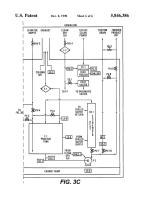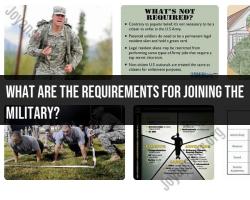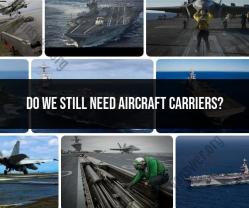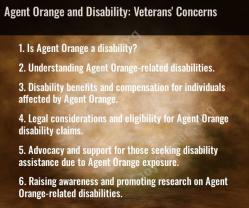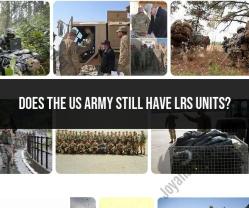How well protected are US aircraft carriers?
United States aircraft carriers, as the centerpieces of the U.S. Navy's fleet, are designed to be well-protected and are considered some of the most formidable warships in the world. They are protected through a combination of various defensive systems, offensive capabilities, and operational tactics. Here are some key aspects of their protection:
Aircraft and Air Wing: Aircraft carriers are protected by their air wings, which typically consist of fighter jets, reconnaissance planes, and early warning aircraft. These aircraft provide air defense, surveillance, and strike capabilities, allowing carriers to detect and respond to threats from a distance.
Anti-Aircraft Systems: Aircraft carriers are equipped with advanced anti-aircraft systems, such as the Phalanx Close-In Weapon System (CIWS) and Rolling Airframe Missile (RAM) systems, which can intercept and destroy incoming anti-ship missiles and aircraft.
Electronic Warfare: Carriers have electronic warfare capabilities to jam or disrupt enemy radar, communications, and missile guidance systems.
Escort Ships: Carriers are typically accompanied by a fleet of escort ships, including destroyers and cruisers, which provide additional layers of protection. These escort ships are equipped with anti-air, anti-submarine, and anti-ship weapons.
Submarine and Anti-Submarine Warfare: Carriers are protected from submarine threats by their own complement of submarines and escort ships. Submarines play a crucial role in anti-submarine warfare, patrolling and detecting potential threats.
Operational Security: The U.S. Navy employs operational security measures to minimize the carrier's vulnerability. These measures include keeping the carrier's location and movements classified and employing tactics to avoid detection.
Strategic Depth: U.S. carriers are often deployed with the support of other elements of the military, such as long-range bombers and land-based fighter aircraft, which can provide additional protection and support in times of conflict.
Carrier Strike Group: Carriers are typically part of a Carrier Strike Group (CSG), which includes multiple warships, submarines, and aircraft. This group provides a layered defense and offensive capability to protect the carrier and project power.
Continual Innovation: The U.S. Navy invests in research and development to improve carrier protection. This includes developing new defensive systems and tactics to counter emerging threats.
While U.S. aircraft carriers are well-protected, it's important to note that no warship is entirely immune to threats. Modern warfare constantly evolves, and potential adversaries develop increasingly sophisticated weapons and tactics. The protection of U.S. carriers is, therefore, an ongoing and dynamic process that requires constant adaptation and readiness to address emerging challenges.
Additionally, the effectiveness of carrier protection is influenced by the tactics, training, and cooperation of the entire carrier strike group, which works as a team to ensure the carrier's safety and mission success.
Protecting US Aircraft Carriers: A Closer Look at Their Defense Measures
US aircraft carriers are the most powerful warships in the world, but they are also some of the most vulnerable. They are large, slow-moving targets, and they carry a large crew and a valuable cargo of aircraft and weapons.
To protect themselves, aircraft carriers rely on a layered defense system. This system includes a combination of active and passive defenses, as well as the support of other warships in the carrier battle group.
Active Defenses
Active defenses are those that actively engage and destroy or disable incoming threats. Aircraft carriers have a variety of active defenses, including:
- Surface-to-air missiles (SAMs). SAMs are missiles that are designed to shoot down aircraft and other airborne threats. Aircraft carriers are typically equipped with multiple SAM systems, including long-range and short-range systems.
- Close-in weapon systems (CIWS). CIWS are rapid-fire cannons that are designed to shoot down incoming anti-ship missiles and other close-range threats.
- Electronic countermeasures (ECM). ECM systems are used to confuse and disrupt the guidance systems of incoming threats.
Passive Defenses
Passive defenses are those that are designed to make it more difficult for an enemy to detect and target the aircraft carrier. These defenses include:
- Stealth technology. Aircraft carriers are designed to be as stealthy as possible, with radar-absorbing materials and other features to reduce their radar signature.
- Maneuvering. Aircraft carriers are constantly maneuvering to make it more difficult for an enemy to target them.
- Electronic warfare (EW). EW systems are used to monitor the enemy's electronic emissions and to identify and track potential threats.
Carrier Battle Group Defense
Aircraft carriers do not operate alone. They are typically part of a carrier battle group, which is a fleet of warships that includes cruisers, destroyers, and submarines. The warships in the carrier battle group provide additional defense for the aircraft carrier, and they can also be used to attack enemy ships and aircraft.
Conclusion
US aircraft carriers are some of the most well-protected warships in the world. Their layered defense system makes it very difficult for an enemy to sink them. However, no defense system is perfect, and aircraft carriers remain vulnerable to attack.
In addition to the defense measures listed above, the US Navy also takes a number of other steps to protect its aircraft carriers, such as:
- Training its crews extensively in damage control and ship survival.
- Developing new technologies to counter emerging threats.
- Operating in international waters where it is more difficult for adversaries to launch attacks.
By taking these steps, the US Navy helps to ensure that its aircraft carriers are able to operate safely and effectively around the world.
